Wood & Steel: My Crush Rifle
June 18th, 2021
5 minute read
Many winters ago, a comely lass told me she’d fallen for Robert Mitchum. I did not ask her what the actor had that I lacked. But she evidently felt compelled to soften the blow. “He’s not handsome,” she assured me. “And he’s aging. But …” Here I listened closely, because so far Robert Mitchum and I had much in common. “But there’s something else.” She shrugged, then sighed, “Oh, I can’t explain it.”
I confess having the occasional crush that defies rational thought. Last fall I felt drawn to a horse with exceptional trail sense and a sunny disposition. My feelings for this gelding deepened when he bore my elk quarters off the mountain.
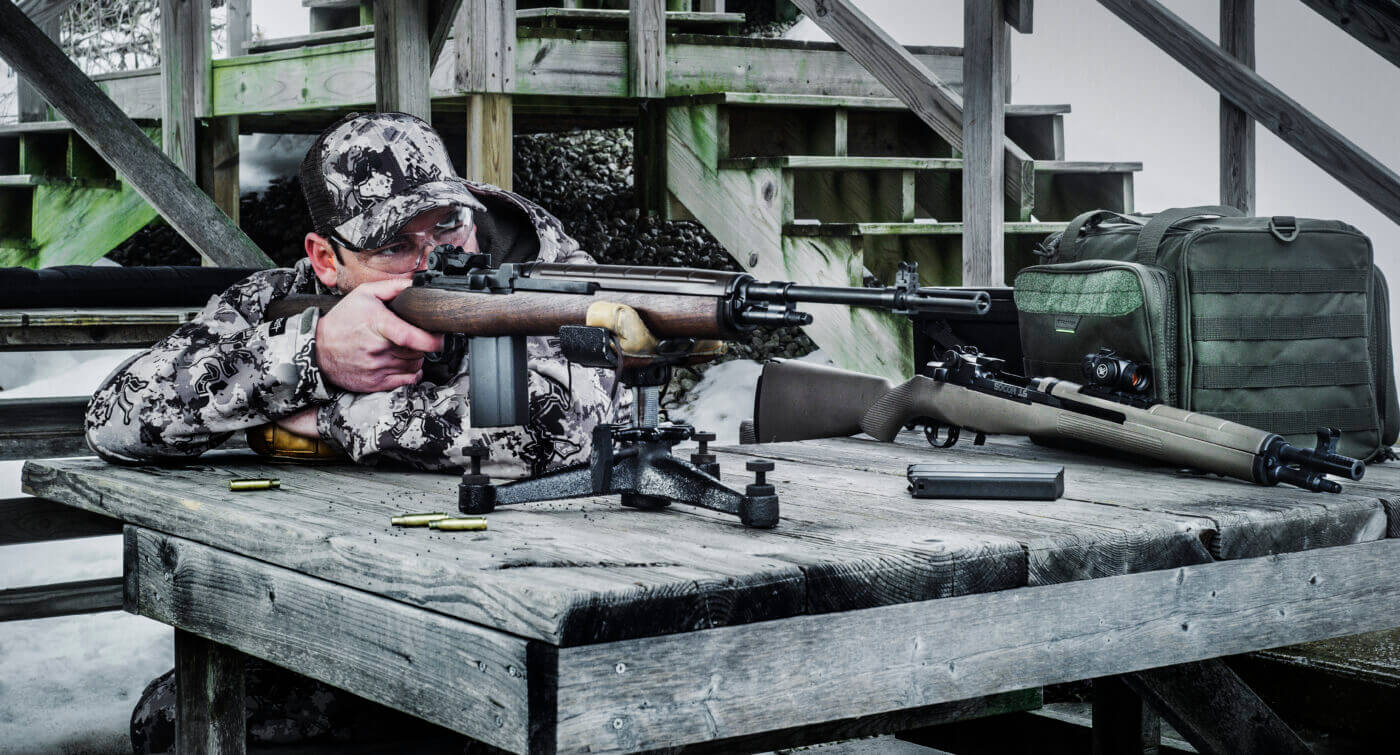
Surely you’ve read that “only accurate rifles are interesting,” an opinion attributed to Townsend Whelen and shared by legions. But rifles have other attributes. Beyond those that apply to collectibles – make and model, chambering, condition, serial number – I mind the wood and workmanship. Rifles to be shot must also pass a “fit and feel test.” Then there are the intangibles, such as pull me to the M1A.
Digging Back …
Visit “Springfield Armory” on page or screen, and you’ll find yourself back in 1777 with George Washington. That year he established for his Continental Army a small arms repository at the confluence of the Connecticut and Westfield Rivers. Within 20 years the water-powered Massachusetts facility had a foundry and a manufacturing floor. It produced our first musket, model of 1795, then the Krag-Jorgensen and 1903 Springfield, the M1 Garand and the M14. Budget cuts shuttered the Armory in 1968.
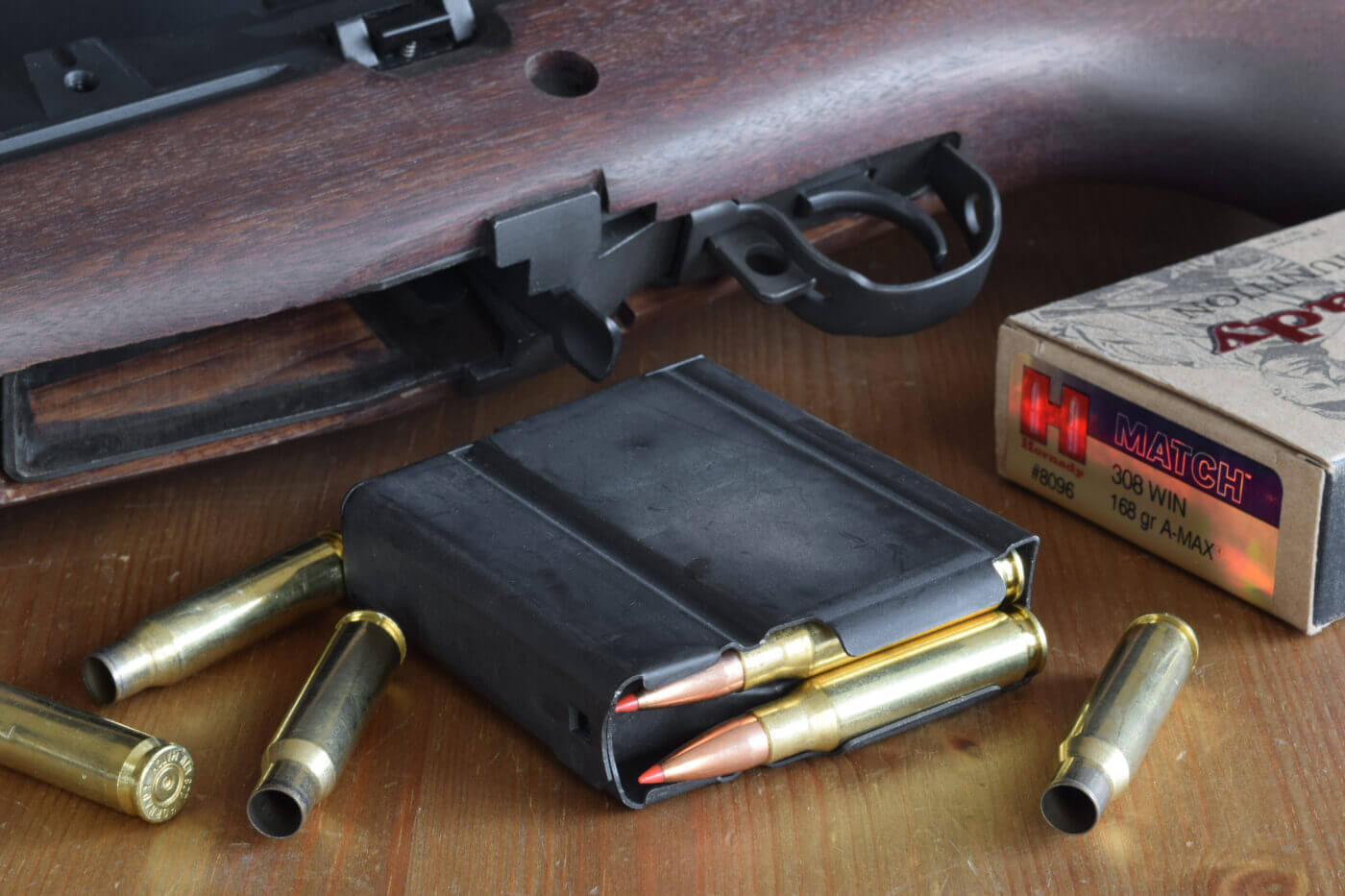
The Springfield Armory brand would live again, though, through the efforts of Dennis Reese and the Reese family of Geneseo, Illinois. In 1974, the semi-automatic civilian version of the U.S. Military’s M14 — the M1A — gave new life to not only the brand, but also the gun.
Riflemen at Camp Perry’s National Matches waxed enthusiastic about this rifle, encouraging the Reeses to design sub-models. Meanwhile, Springfield added sporting versions of other established small arms, from Brazil’s FN-FAL-patterned SAR-48 and the Greek HK G3-style SAR-3 and more. Pistols included a wide range of 1911 pistols, the polymer-framed XD, and one of the newest offerings is the compact, double-stack, polymer-frame Hellcat 9mm. Add to that the popular SAINT series of AR-pattern guns, and you have a lot of choices. But for me, it comes down to this rifle — and always has.
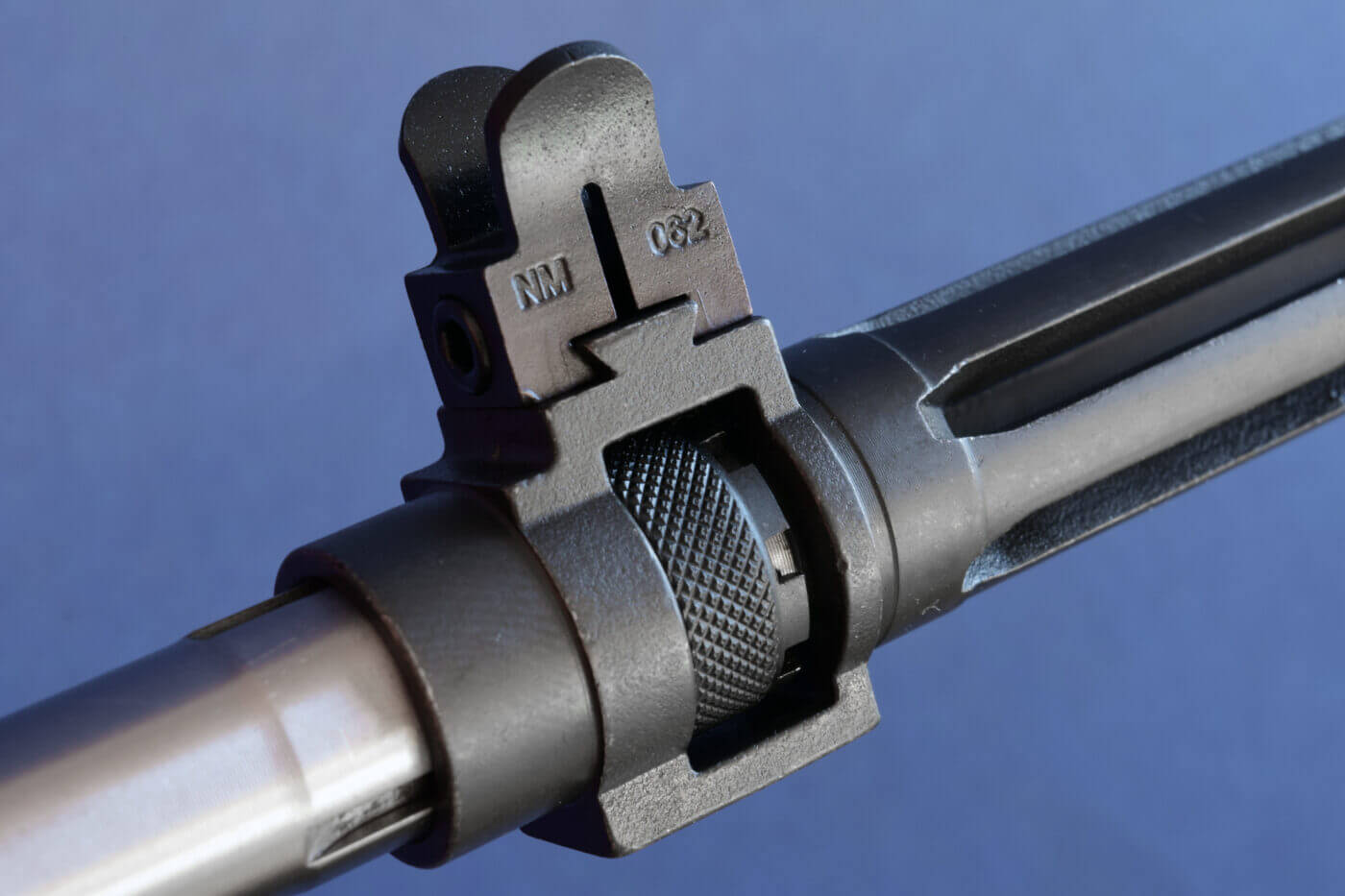
Frankly, I wanted an M1A. And I have for a long time.
Last fall I yielded to that decades-long lust. A fascination with the rifle’s past had as much to do with my indulgence as did any need for another .308. Besides vaunted reliability and accuracy, the gun has distinguished lineage. Its M14 forebear came of age in the 1950s, a decade that glows more brightly with time. It upstaged the M1 Garand, hailed by George S. Patton as “the greatest battle implement ever devised.” The M14’s burly innards wrote American history at cyclic rates of up to 750 rounds per minute.
Today’s Choices
The 20 variations listed by Springfield give it utility unparalleled by infantry rifles, past or present. In various guises, it drills winning scores in bullseye competition, rides the range in a scabbard, patrols the streets in a “city ride” and lends its firepower to outdoorsmen faced with beasts they must stop. But the one I had to have was the M1A National Match reviewed previously by Fred Mastison.
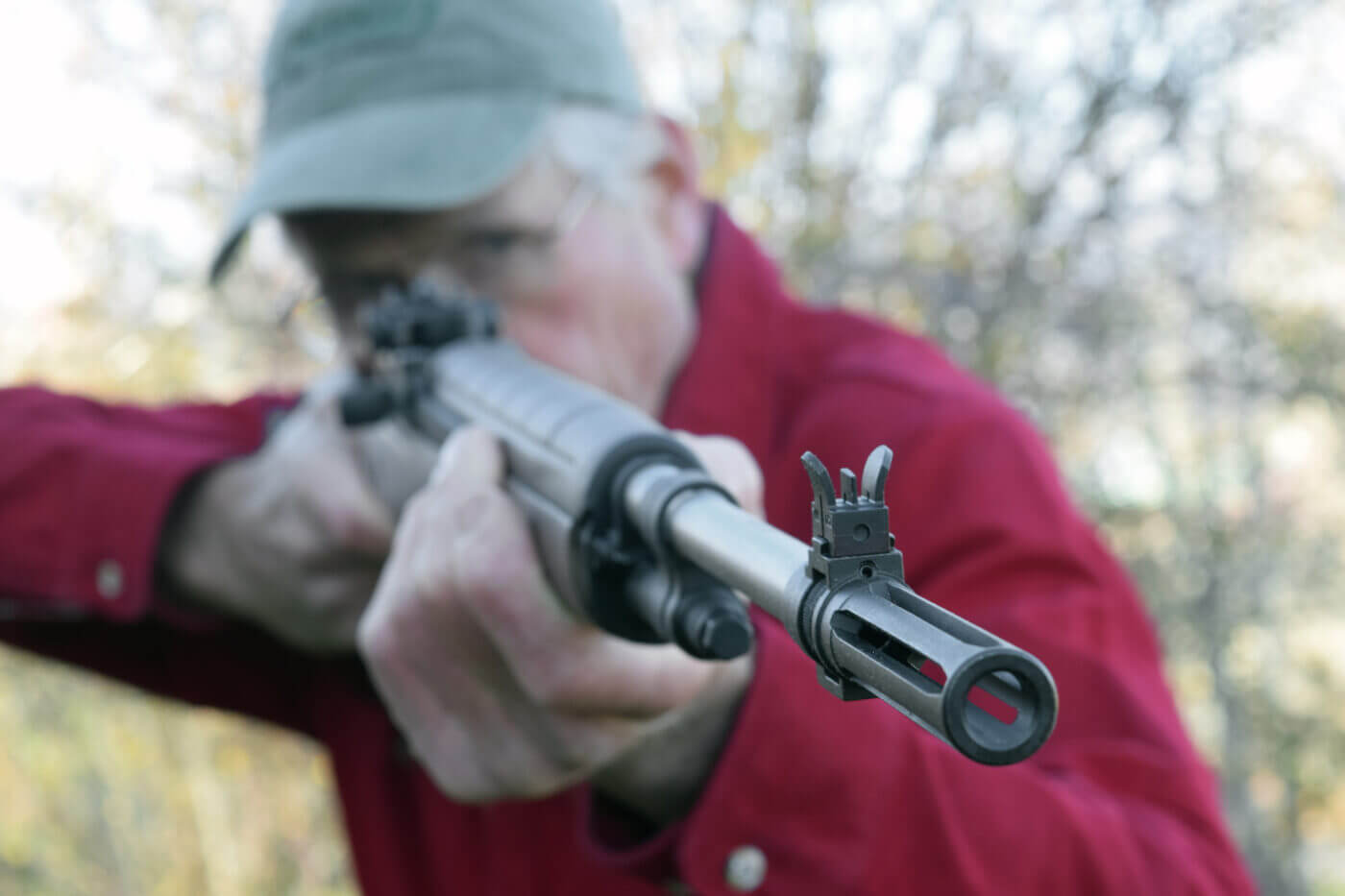
Each rifle features a mid-weight, 22” .308 barrel of stainless or carbon steel rifled 1-in-11 and air-gauged. The receiver is glass-bedded, its two-stage trigger tuned for consistent 4 ½- to 5-lb. break. A .0595 hooded rear aperture sight pairs up with a .062 front blade. Springfield Armory boxes the rifle in a heavy zippered canvas case, with a steel 10-shot magazine.
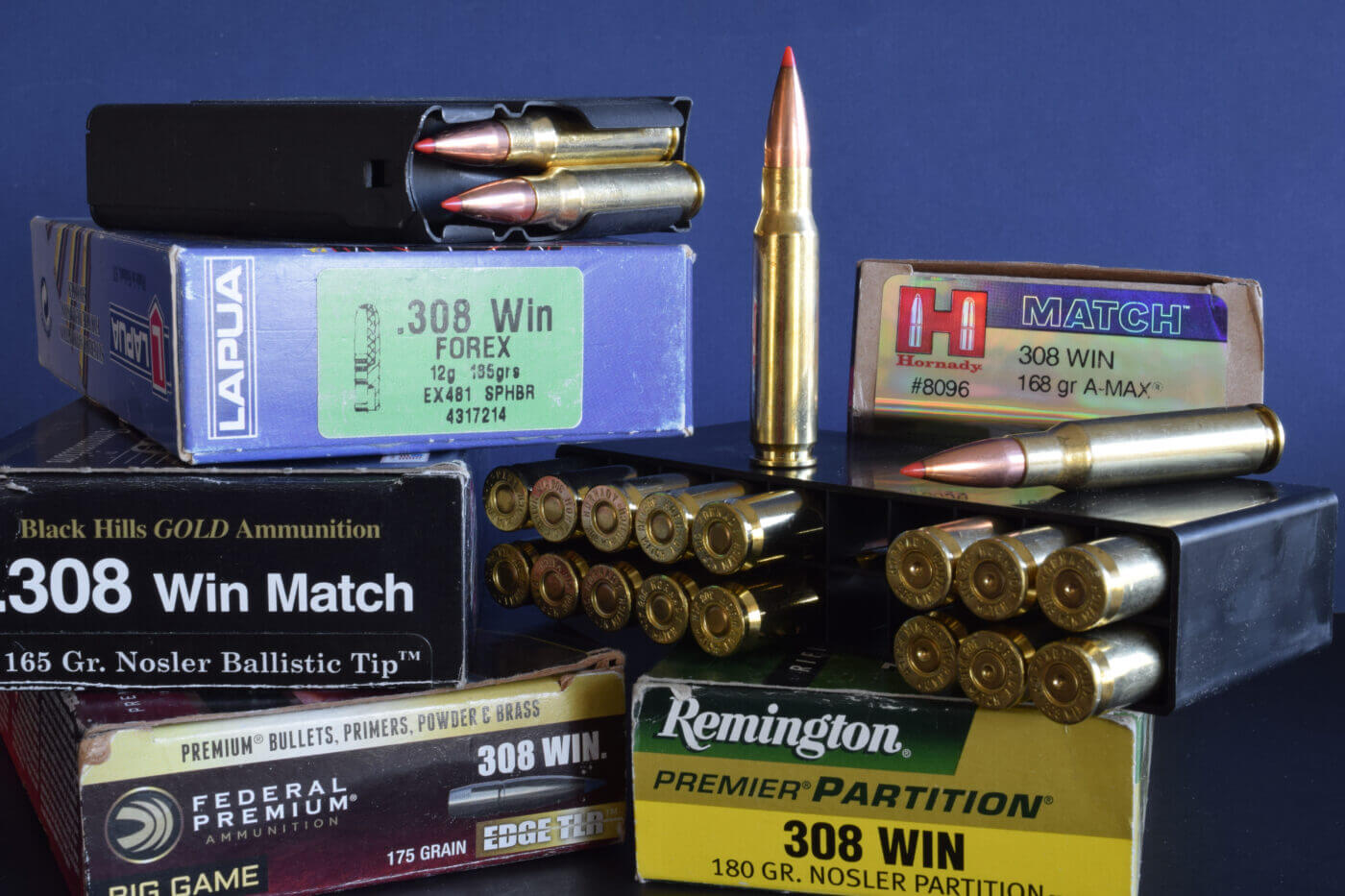
Carefully I lifted it, cleared the plastic safety flag and eased the bolt shut. Cheeked, my eye to the aperture, the 9 ½-lb. rifle steadied quickly. Ahh. The feel, the weight of this hun pleased me. I didn’t care that I couldn’t say exactly why. The trigger had predictably generous but surprisingly smooth take-up. It broke at 4 lbs., 12 oz. A patch through the bore slid as if on rails.
At the range, pulling and feeding the magazine, then re-inserting it and shucking the bolt, I was reminded of the rifle’s heritage. This rifle would tolerate, even beg, a sure, forceful hand. No need here for the coddling due my rimfire competition rifle, with its slim, piston-slick bolt and feather-touch trigger.
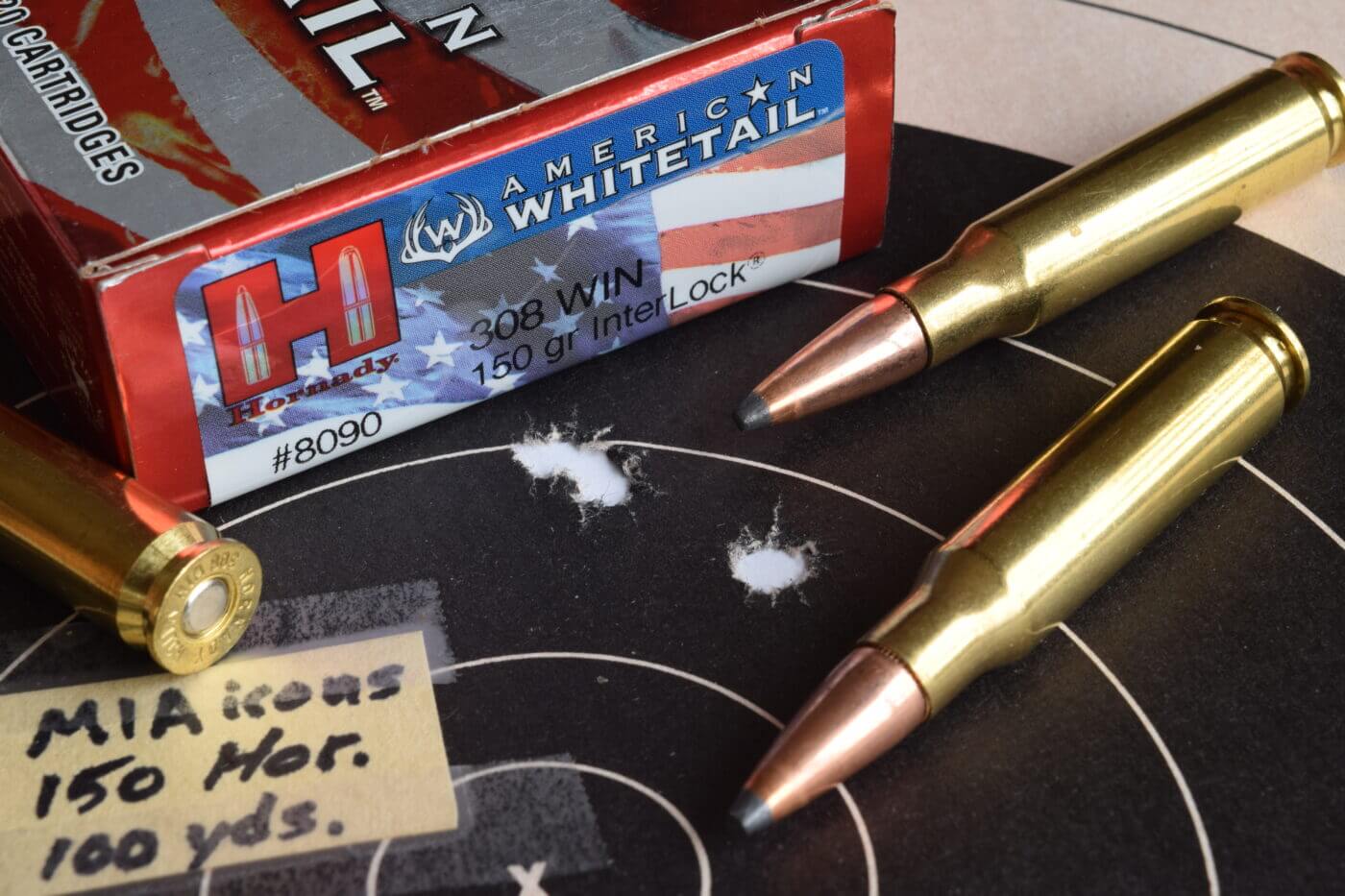
The bolt on this self-loader slammed home with authority, top cartridge tight in the magazine lips applying no perceptible brake. I settled over the bags, snugging my cheek on the pad I’d Velcro’d to the low comb. My only alteration, it would put my eye naturally on sight-line. I pressed the trigger. The rifle hopped, hurling the hull into the box set to catch brass. Ka-chunk: The gun’s breech shut with the report. Nothing tinny about this machinery!
Windage and elevation dials moved the rear sight crisply, uniformly. Soon I was “in the black” at 100 yards.
Hornady’s 168-gr. Match load and 150-gr. Interlocks, would no doubt have cut tighter knots had I scoped this rifle. But the rifle was fitted with good iron sights and designed to be fired with irons. My first three-shot groups with 150s edged the 168s, punching into .9” and 1.0. First five-shot groups: 1.3” and 1.8”. Verily, that’s all I can expect of my eyes! A certifiable one-hole Benchrest rifle would not have treated me better under aperture and blade. Subsequent groups held to those standards.
Conclusion
Over bags and offhand, firing the gun is fun! There’s character here, all steel and walnut, with the heft and balance and bomb-proof parts of a real rifle. Aiming through sights tight to the bore, not tall glass, you’re in naked touch with the target. The trigger begs your nudge. That 9 ½ pounds and gas-driven bolt take the bite out of recoil. The gun is no rack queen, rather an extension of eye and hand, eager for action. If you can case this rifle before turning all the ammo you brought into brass, consult a psychiatrist.
To grasp the appeal of this rifle, you gotta get behind the trigger. Leave the explaining for later.
Editor’s Note: Please be sure to check out The Armory Life Forum, where you can comment about our daily articles, as well as just talk guns and gear. Click the “Go To Forum Thread” link below to jump in and discuss this article and much more!
Join the Discussion
Featured in this article
Continue Reading
Did you enjoy this article?

 186
186







